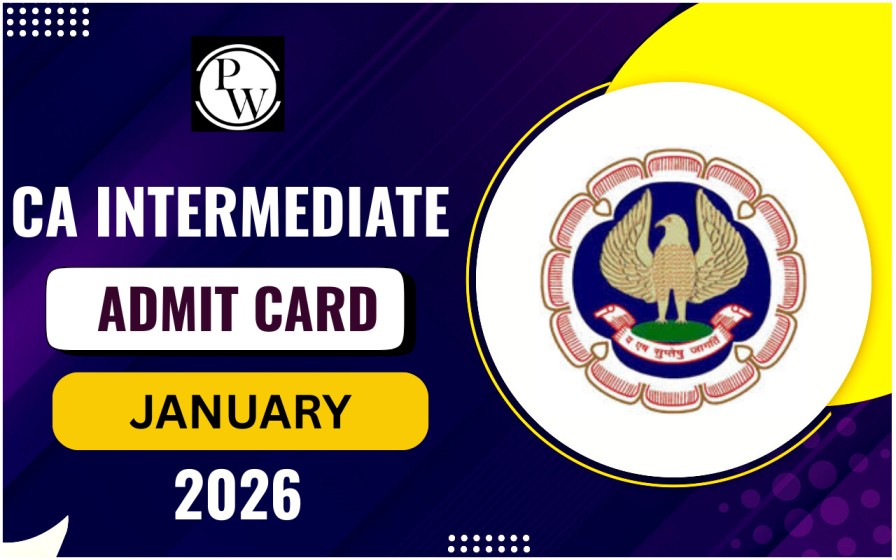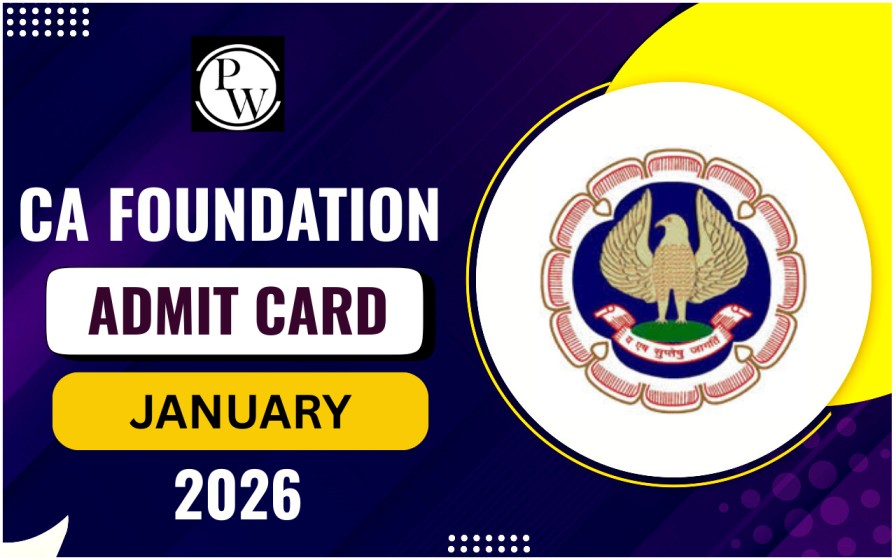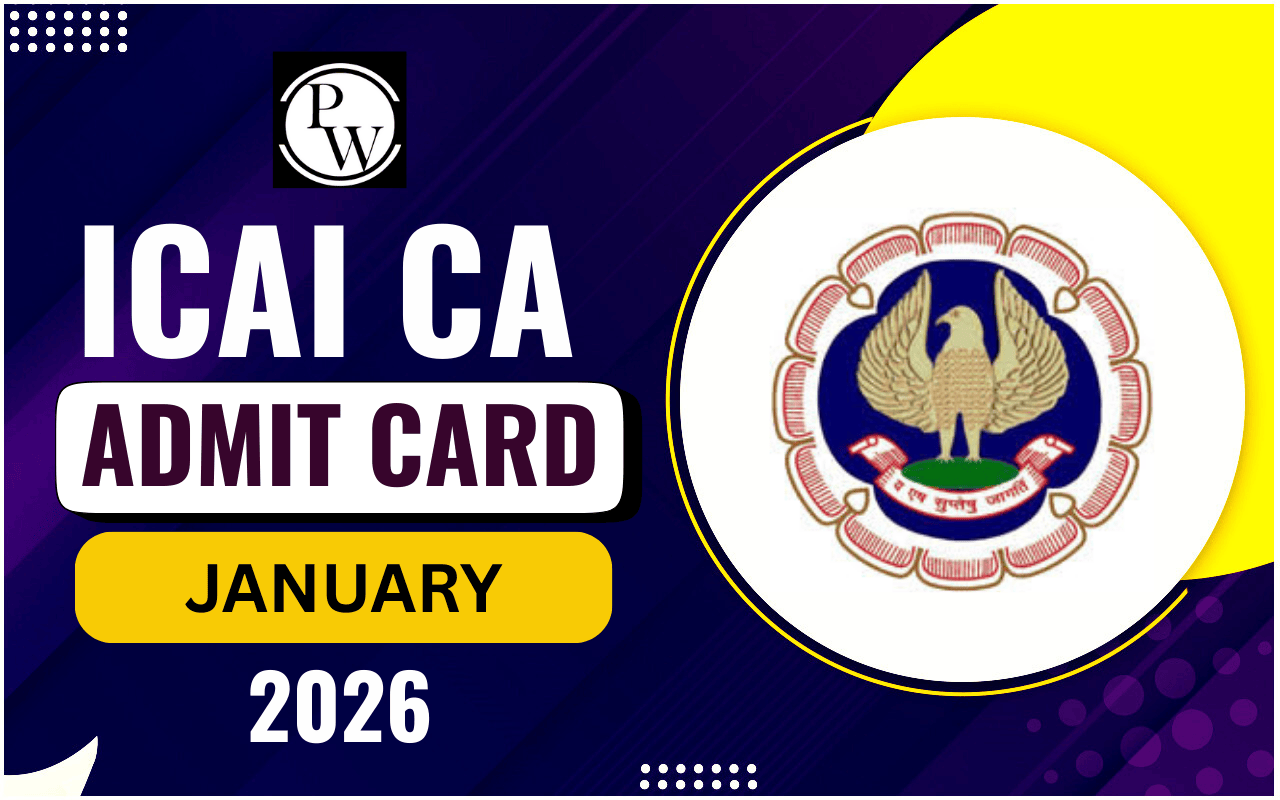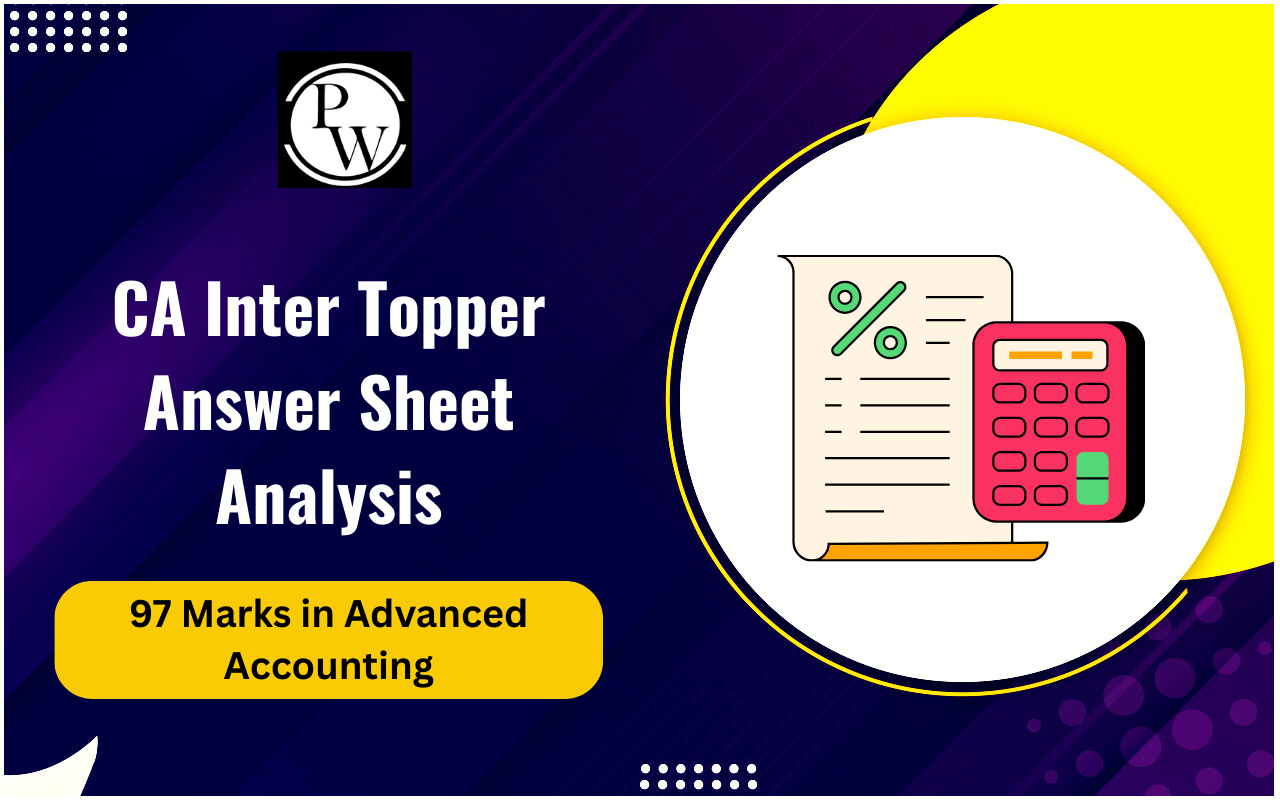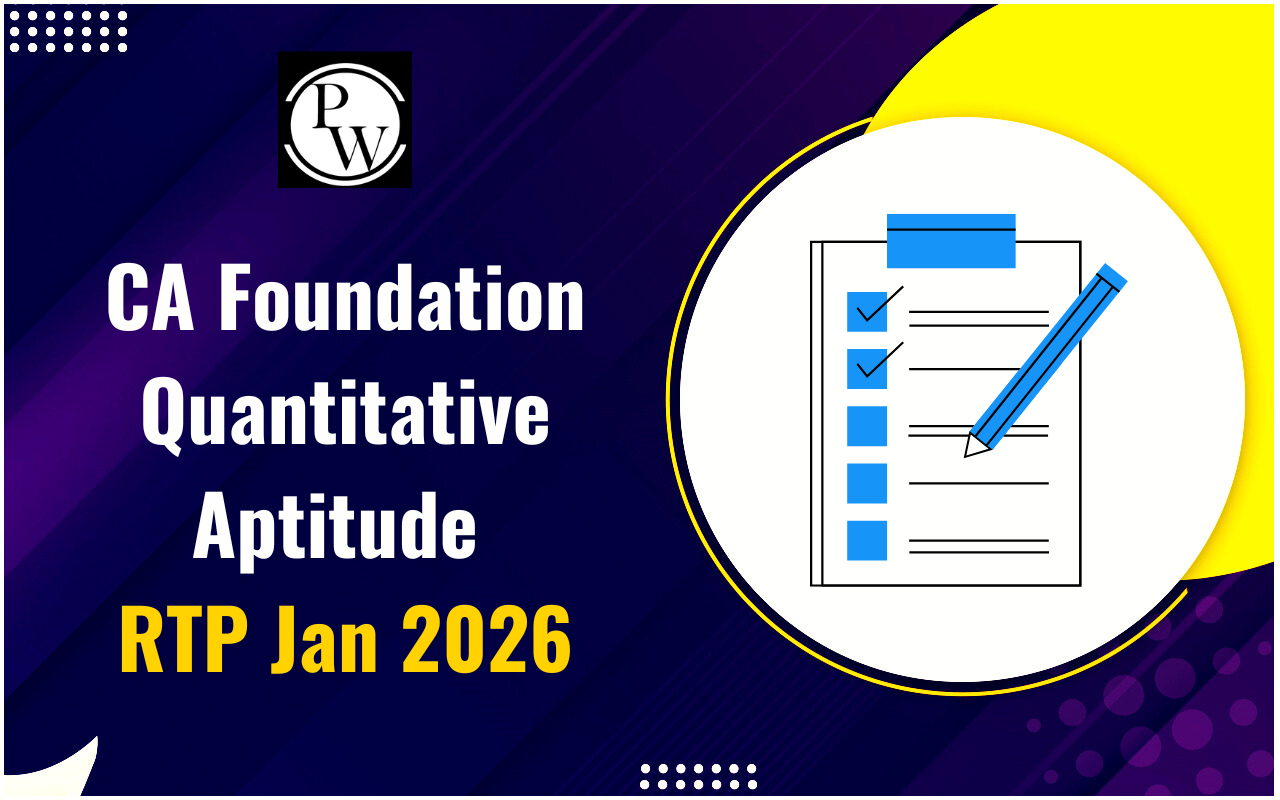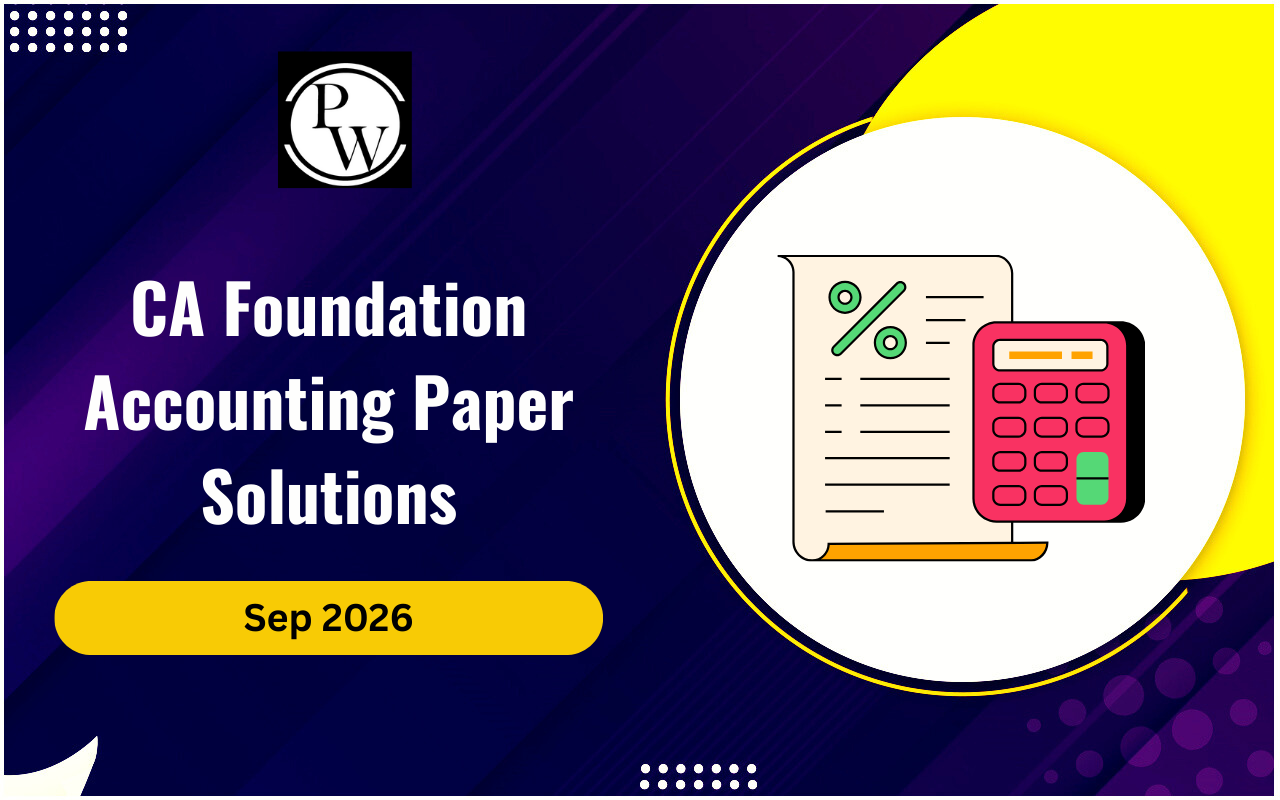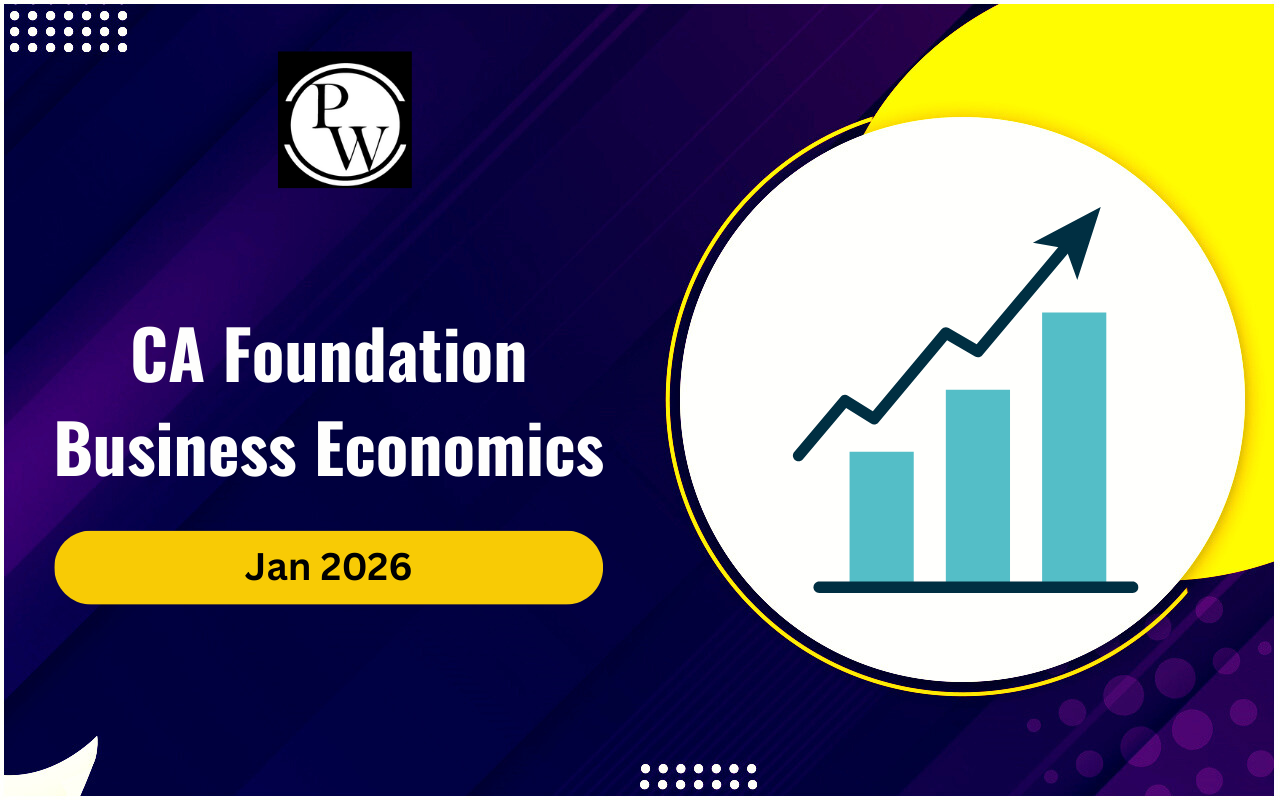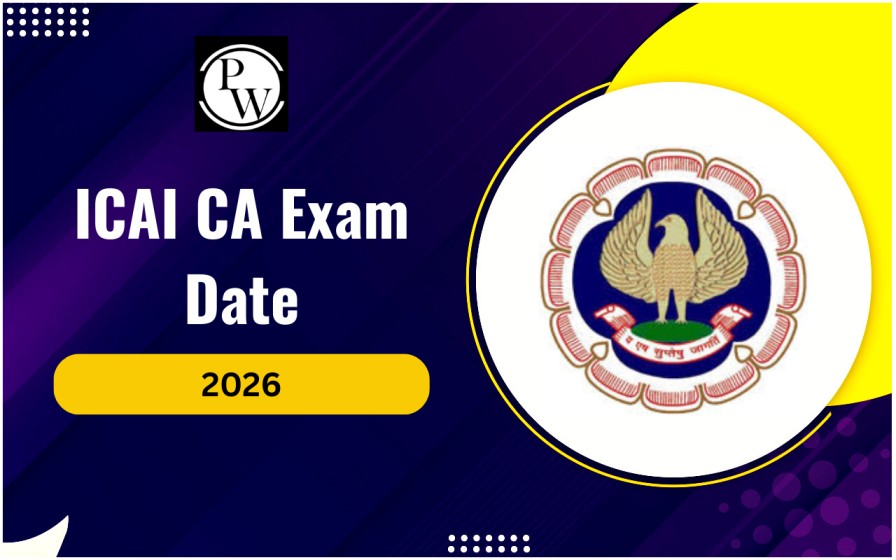
The Time of Supply in GST is one of the most critical concepts for CA students aiming to excel in the Goods and Services Tax domain. Understanding this concept is not just a theoretical requirement but a practical necessity for managing compliance and avoiding penalties. Whether you are preparing for your CA exams or looking to master GST intricacies for your future career, grasping the essence of the Time of Supply in GST is indispensable.
What is the Time of Supply in GST?
The Time of Supply in GST refers to the specific point in time when goods or services are deemed to have been supplied, and the liability to pay tax arises. It determines when the taxpayer should account for GST and ensures that taxes are levied and paid on time. This concept is crucial because the tax rate, the taxable value, and the due date for filing returns are all based on the time of supply. For goods, the time of supply is generally the earlier of the two:- The date of issue of the invoice or the last date by which the invoice should have been issued.
- The date of receipt of payment.
Importance of Determining the Time of Supply
The significance of determining the Time of Supply in GST extends beyond mere academic understanding. It ensures that taxpayers comply with legal obligations and avoid penalties or interest due to delayed payments. For example, failing to identify the correct time of supply may lead to discrepancies in GST returns, attracting audits and fines. From an exam perspective, questions on this topic often test your ability to identify and calculate the time of supply accurately. Practicing case-based scenarios will not only enhance your problem-solving skills but also prepare you for practical challenges in taxation.Also Read: Accounting for Branches
Time of Supply for Goods
The Time of Supply in GST for goods is a straightforward yet nuanced topic. To determine this, you need to understand the interplay of invoice issuance, payment dates, and movement of goods. The time of supply for goods is the earlier of:- The date of issuing the invoice.
- The last date on which the invoice should have been issued.
- The date of receipt of payment.
Special Scenarios for Goods
Special situations, such as advances or continuous supply contracts, may alter the determination of the Time of Supply in GST for goods. For instance, in cases where payment is received before the issuance of an invoice, the date of receipt of payment becomes the time of supply. This ensures timely compliance and prevents revenue leakage.Time of Supply for Services
When it comes to services, the Time of Supply in GST follows similar principles but incorporates unique considerations due to the intangible nature of services. The time of supply for services is the earlier of:- The date of issuing the invoice, provided it is issued within the prescribed period.
- The date of receipt of payment.
- The date on which the service is deemed to have been provided, as per contract terms.
Practical Applications of Time of Supply in GST
The Time of Supply in GST is not just an academic topic but a cornerstone of GST compliance. It has far-reaching implications for businesses, ranging from tax planning to compliance management. For CA students, understanding its practical applications is vital for career success.- Ensures accurate tax computation.
- Helps businesses avoid penalties due to delayed payments.
- Facilitates seamless GST return filing.
| Also Check: | |
| Advance Tax | Income from Other Sources |
| Residential Status Under Income Tax Act | Procedure for Computation of Total Income |
| Basis of Charge | The General Clauses Act 1897 |
Time of Supply in GST FAQs
What is the time of supply for goods under GST?
The time of supply for goods is the earlier of the date of invoice issuance, the last date on which the invoice should have been issued, or the date of receipt of payment.
How is the time of supply for services different from goods?
While the basic principles are similar, the time of supply for services includes additional considerations like deemed provision of services as per contract terms.
Why is determining the time of supply important?
Determining the time of supply is crucial for ensuring GST compliance, avoiding penalties, and maintaining accurate tax records.
What happens if the time of supply is incorrectly determined?
Incorrect determination can lead to discrepancies in tax filing, interest penalties, and audits, causing financial and reputational damage.
Can advances affect the time of supply?
Yes, advances are taxable under GST, and the date of receipt of the advance is considered the time of supply.
🔥 Trending Blogs
Talk to a counsellorHave doubts? Our support team will be happy to assist you!

Check out these Related Articles
Free Learning Resources
PW Books
Notes (Class 10-12)
PW Study Materials
Notes (Class 6-9)
Ncert Solutions
Govt Exams
Class 6th to 12th Online Courses
Govt Job Exams Courses
UPSC Coaching
Defence Exam Coaching
Gate Exam Coaching
Other Exams
Know about Physics Wallah
Physics Wallah is an Indian edtech platform that provides accessible & comprehensive learning experiences to students from Class 6th to postgraduate level. We also provide extensive NCERT solutions, sample paper, NEET, JEE Mains, BITSAT previous year papers & more such resources to students. Physics Wallah also caters to over 3.5 million registered students and over 78 lakh+ Youtube subscribers with 4.8 rating on its app.
We Stand Out because
We provide students with intensive courses with India’s qualified & experienced faculties & mentors. PW strives to make the learning experience comprehensive and accessible for students of all sections of society. We believe in empowering every single student who couldn't dream of a good career in engineering and medical field earlier.
Our Key Focus Areas
Physics Wallah's main focus is to make the learning experience as economical as possible for all students. With our affordable courses like Lakshya, Udaan and Arjuna and many others, we have been able to provide a platform for lakhs of aspirants. From providing Chemistry, Maths, Physics formula to giving e-books of eminent authors like RD Sharma, RS Aggarwal and Lakhmir Singh, PW focuses on every single student's need for preparation.
What Makes Us Different
Physics Wallah strives to develop a comprehensive pedagogical structure for students, where they get a state-of-the-art learning experience with study material and resources. Apart from catering students preparing for JEE Mains and NEET, PW also provides study material for each state board like Uttar Pradesh, Bihar, and others
Copyright © 2025 Physicswallah Limited All rights reserved.
Get App
